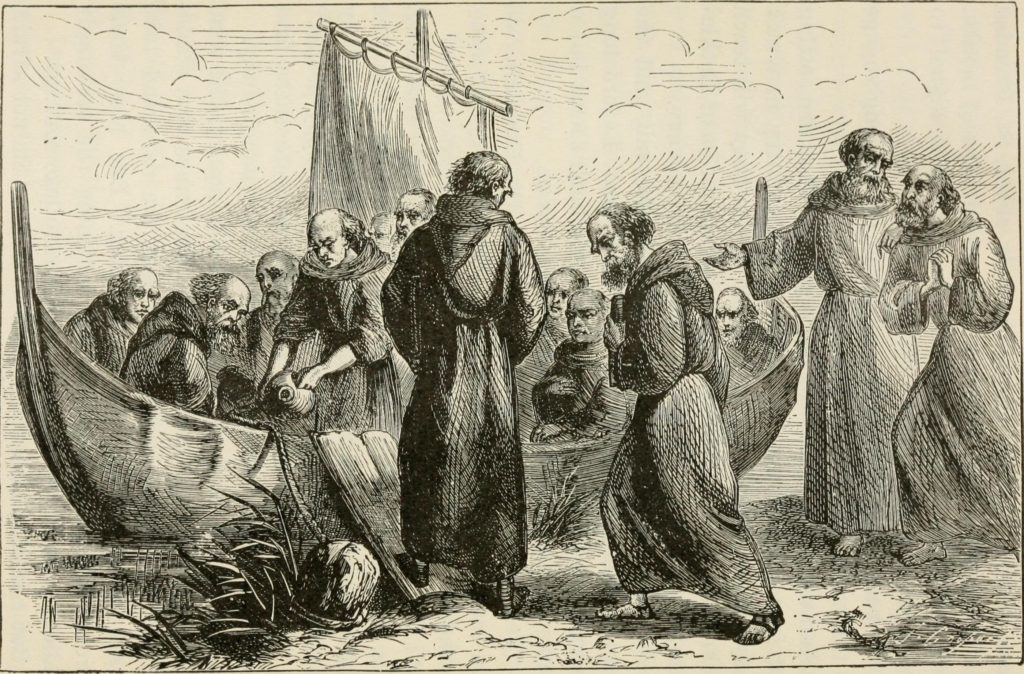During the sixth century a small band of medieval monks travelled in a small boat seven miles off the coast of Ireland to a destination that fulfilled their deepest longings. It was a risky venture, one that cut them off from the world and took them to the edge of the known world.
[featured-image single_newwindow=”false”]
Why did they do it?
It’s difficult for us to understand why someone would leave the world behind to embrace a life of self-denial. We like our conveniences and it is difficult for us to give them up. However, in the core of our being we know that God has created us for something more.
This is what the monks of Ireland clearly understood. They knew this world was passing and they must begin their preparations for the world to come.
Besides an understanding of the Eternal Shores every Christian is called to sail towards, there were three chief motivations that led the group of monks to create a monastery on a distant isle. Here is the first.
In the centuries following Saint Patrick’s missionary campaign in Ireland, there grew a religious fervor that took as its motto, peregrinatio pro Dei amore — wandering for the love of the Lord. This single phrase inspired numerous men and women in Ireland to travel distant places in honor of the Triune God.
In a real sense they fulfilled that oft-quoted line from Tolkien: they wandered and were not lost. They knew exactly what they were doing and why they were doing it.
This idea took various forms during the early years of Christian faith in Ireland, but the desire to get in a boat and sail away from the mainland in search of God remained a common theme.
One of the most well-known saints who wandered by sea at this time was Saint Brendan the Navigator. He is known as one of the “Twelve Apostles of Ireland,” and numerous legends have become associated with the travels of this adventurous monastic saint.
Throughout his life, Saint Brendan sailed to many distant lands, including Iceland. There is even a story that Brendan made the perilous journey all the way to what is modern-day Florida. However wild that may seem, some scholars believe it could have been possible for Brendan to accomplish that great feat.
So when a small group of monks (some believe they were led by St. Finnian of Clonard, a contemporary of Brendan) travelled to Skellig Michael, they did so to “wander for the love of the Lord.” They believed they were pilgrims, traveling to the ends of the earth for God and Skellig Michael marked for them an island near that point. They didn’t think there was anything beyond that point and so decided to set-up a monastery on an island that no human had ever lived on.
However, there was more to it than simply “wandering” for God.
The monks were inspired by a spirituality from the heart of the Egyptian desert, one that propelled them to their own “green” desert. I will cover this motivation in a separate article.

